Home decor tips to make a house a home
Published on November 14, 2025
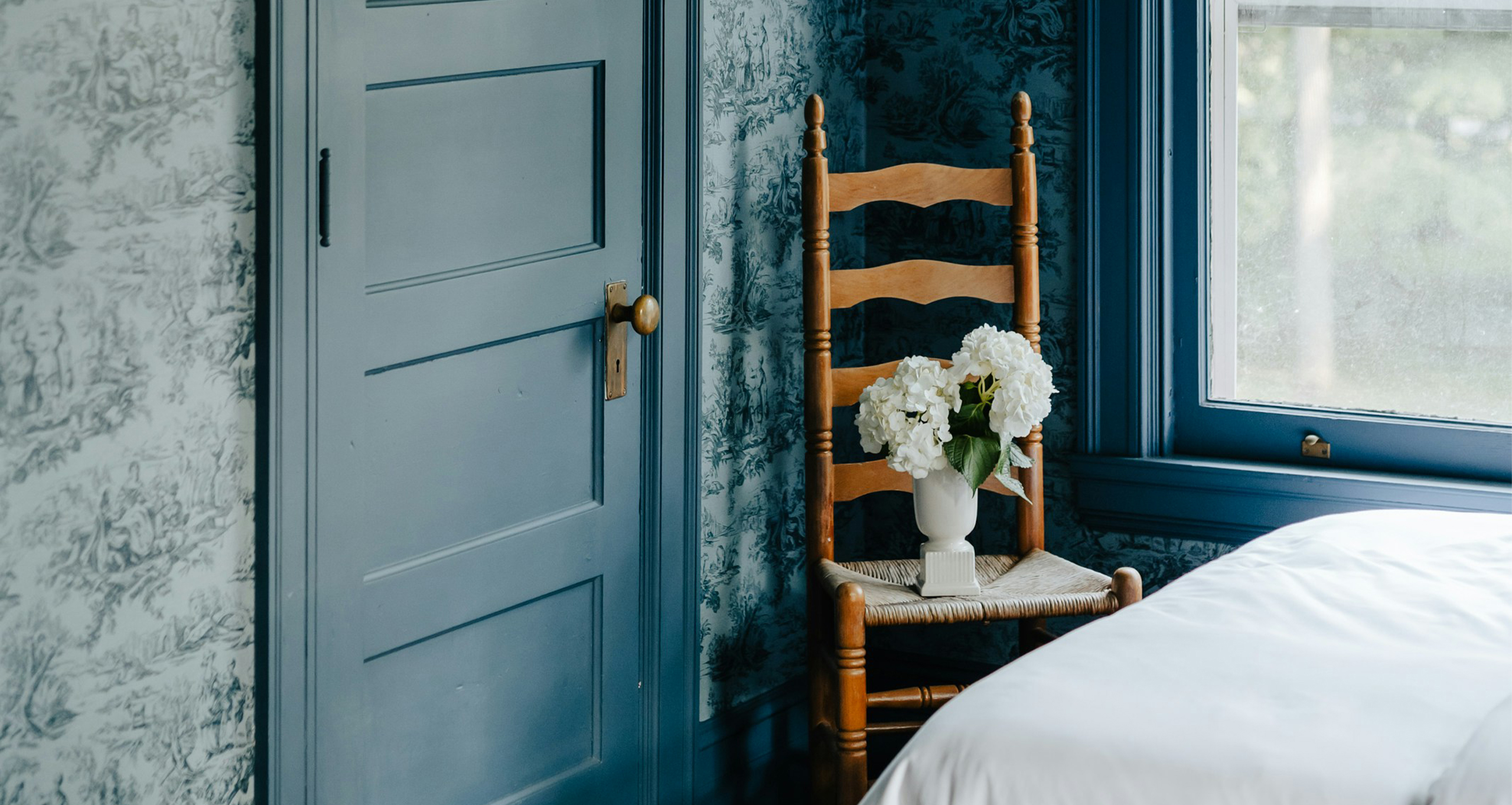
Why your space doesn’t need to look like a magazine spread to feel beautiful, loved, and lived in.
Walk into any Target or scroll through Pinterest, and you’ll quickly get the message: your house should look “curated.” Perfectly styled shelves, seasonal décor rotations, matching throw pillows, and a coffee table that looks like no one has ever actually set down a coffee cup. But if you’ve ever tried to recreate one of those magazine spreads while simultaneously raising children, you already know how unrealistic that is.
Real homes are for living. They’re for spilled juice boxes, toy forts, family dinners, messy mornings, and late-night conversations. And yet, we all crave beauty in our homes. We want our homes to feel cozy, warm, and stylish. Secretly, we may dream of having Architectural Digest beg for a home tour. This isn’t plain vanity; wanting a beautiful home we feel happy and comfortable in and proud of is a good thing.
The real question is: How do you balance both? How do you create a home that’s beautiful without turning it into a showroom, a home that feels lived-in without being chaotic?
Here’s the secret: the most stylish homes aren’t perfect, they’re personal. They carry the story of the people who live inside them. That’s what makes them unique and comfortable.
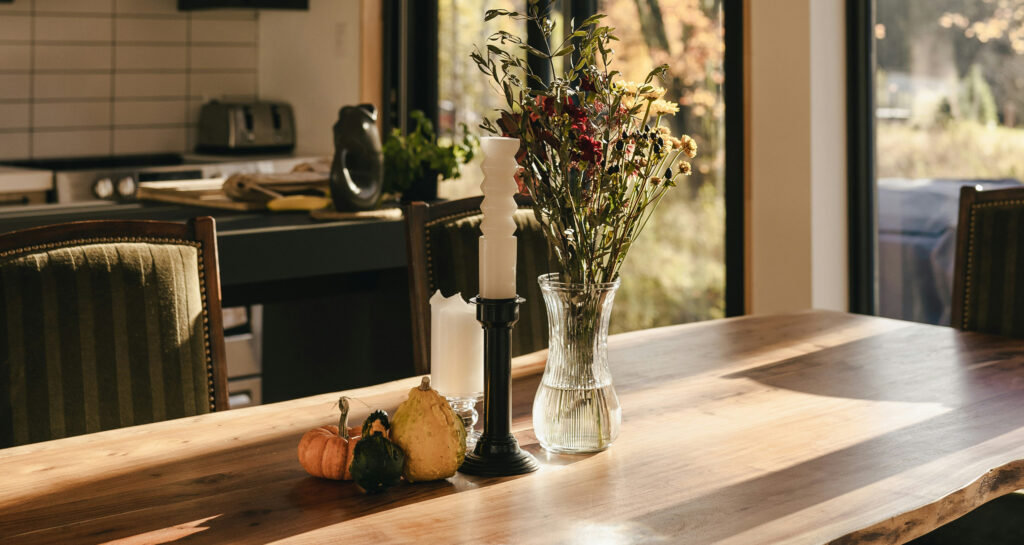
1. Start with the heart of the home
Every family has a “center of gravity.” For some, it’s the kitchen. For others, it’s the living room or a sunny breakfast nook. Identify where your family naturally gravitates and make that your starting point.
If your kitchen is where the magic happens, invest in items that make both the aesthetics and the function feel seamless: a beautiful ceramic fruit bowl, sturdy wooden cutting boards that double as décor, or a soft rug runner that adds warmth without feeling fussy. If the living room is your hub, think about a couch that’s both durable and inviting. Add a throw blanket and pillows in a fabric that can handle little hands, but also look like they belong in a chic boutique.
The best homes aren’t designed for show, they’re designed around life.
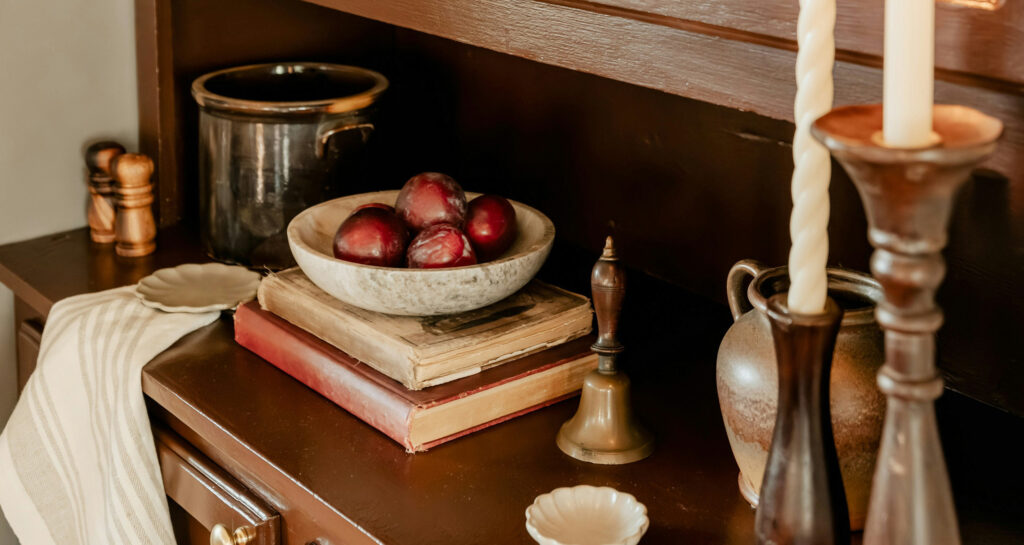
2. Think function, then layer style
We often make the mistake of styling first and thinking about function second. That’s why some homes look gorgeous in pictures but are unbearable to actually live in. A glass coffee table might look sleek, but if you’re constantly worried about fingerprints or toy cars scratching it, it’s a burden, not a joy.
Instead, design around how you actually live. If your kids play on the floor, prioritize a rug that’s soft and washable before you worry about whether it’s “trending.” If you love hosting, invest in a dining table that can expand for guests. Once the function is settled, then layer style on top with accessories, colors, and textures that express your family’s personality. Extra points if you can add things bought during family vacation or any other special family moment.
A well-loved home is one where beauty doesn’t compete with function; instead, it complements it.

3. Don’t overspend on decor
Here’s a little secret: the best interior designers don’t buy everything new. They mix high and low, old and new, practical and decorative. The same rule applies to your home.
You don’t need to spend thousands on decorative pieces for your shelves. Instead, display items with meaning: a stack of your favorite books, a framed family photo, a vase picked up on a vacation, or even your child’s artwork in a chic frame. These not only add personality, but they save you money while making your house unique to you.
Stores like HomeGoods, IKEA, or even Facebook Marketplace are treasure troves for affordable finds. A secondhand table with history will add more charm to your home than a soulless catalog copy. And the hunt for these items is a joy in itself. Taking your time to find what brings you genuine joy rather than copying and pasting what you’ve seen in magazines, is what makes your home special.
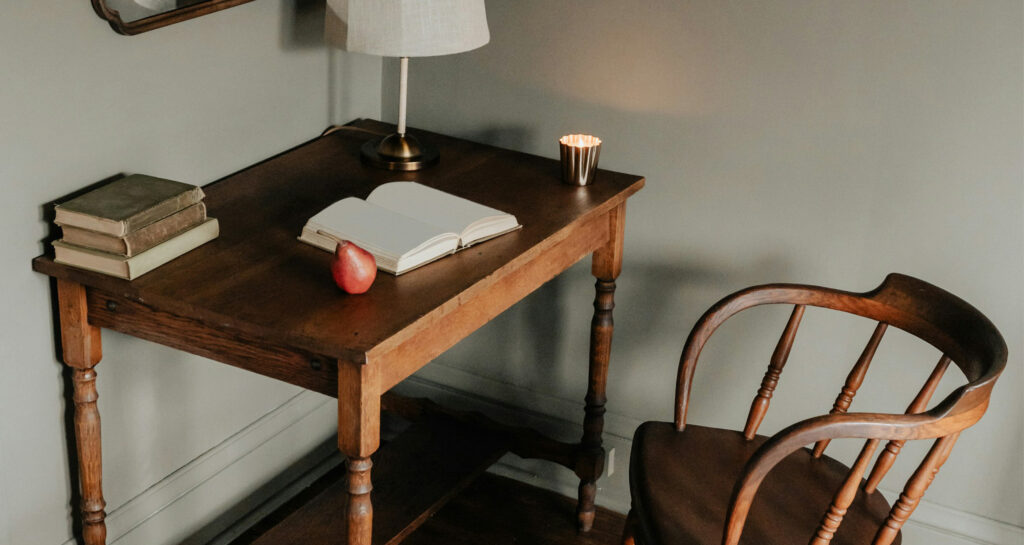
4. Mix the polished with the imperfect
One of the biggest myths about home décor is that everything has to match or look pristine. The truth? The most inviting homes often mix textures, styles, and even imperfections.
And let’s be honest: Imperfections tell stories. That scratch on the dining table? It’s from last year’s family game night. That worn-in leather chair? It’s where you read your baby her first bedtime story, and if it’s a hand-me-down, perhaps where you heard your own first bedtime stories. Those things aren’t flaws, or just “old,” they’re character.
This attitude also helps you fall in love with your home. When you walk into your space, you don’t only see beautiful things, but your own beautiful memories.
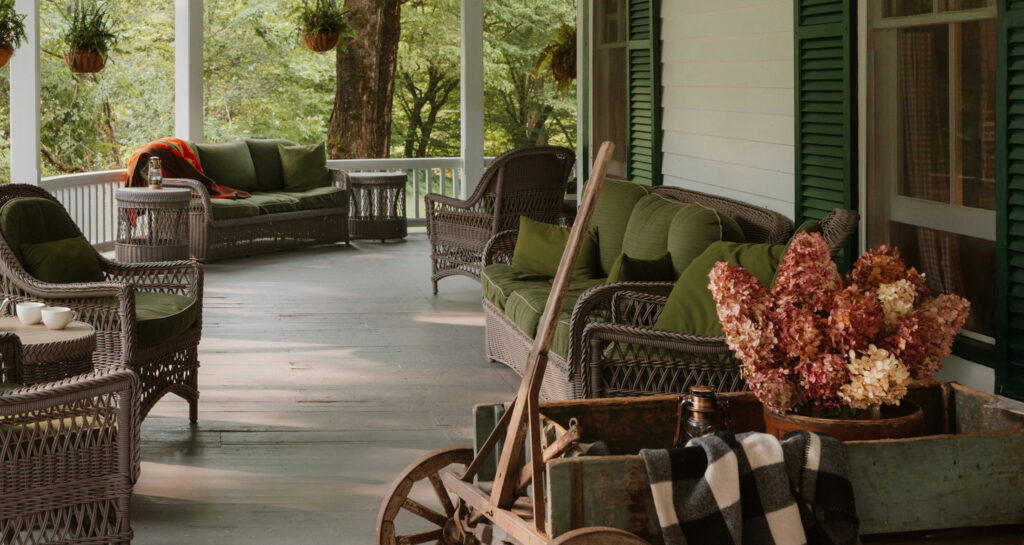
5. Make room for life
Minimalist homes may look stunning in photos, but in real life, families need space to live. If you have young kids, that means accessible toy storage. If you’re a bookworm, it means shelving that celebrates your collection instead of hiding it away.
The key is containment. Use baskets, bins, and closed storage to give life its space while still keeping things tidy. A large woven basket by the couch can hold blankets or toys. A beautiful cabinet in the dining room can store the not-so-pretty essentials. Think of it this way: You’re not fighting clutter, you’re giving it a home.
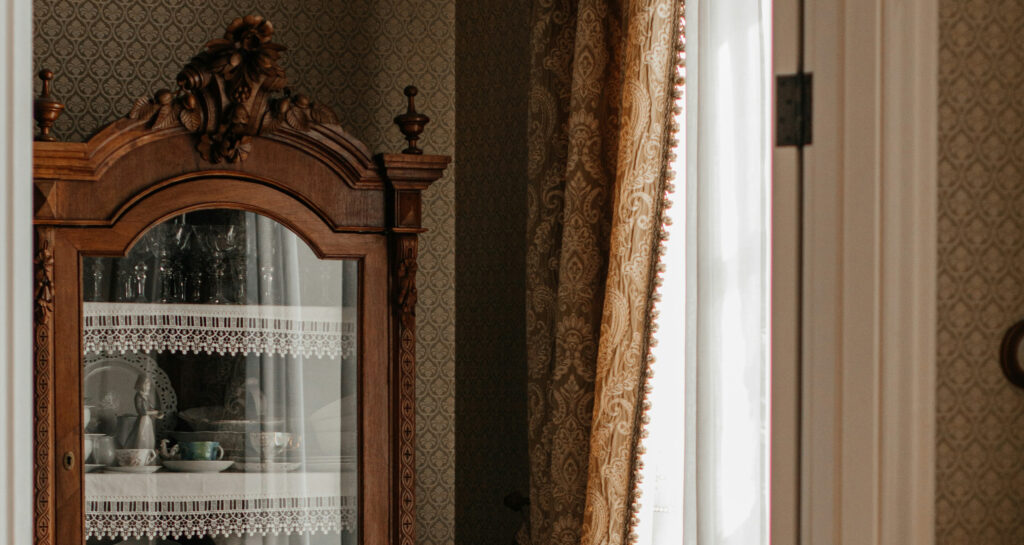
6. Invest in “forever pieces”
Not every item in your home should be cheap and replaceable. Some things are worth investing in because they’ll last through decades of family memories. Think: a sturdy dining table, a well-made sofa, or a solid bed frame.
These “forever pieces” are the backbone of your home. Around them, you can rotate décor as seasons and styles change. But your foundational items should be chosen with care, durability, and timelessness in mind.
Bonus: When you invest in quality, you spend less in the long run. A classic wood dining table will outlast five trendy replacements. This can also be worth thrifting since quality tables are built to survive many generations.
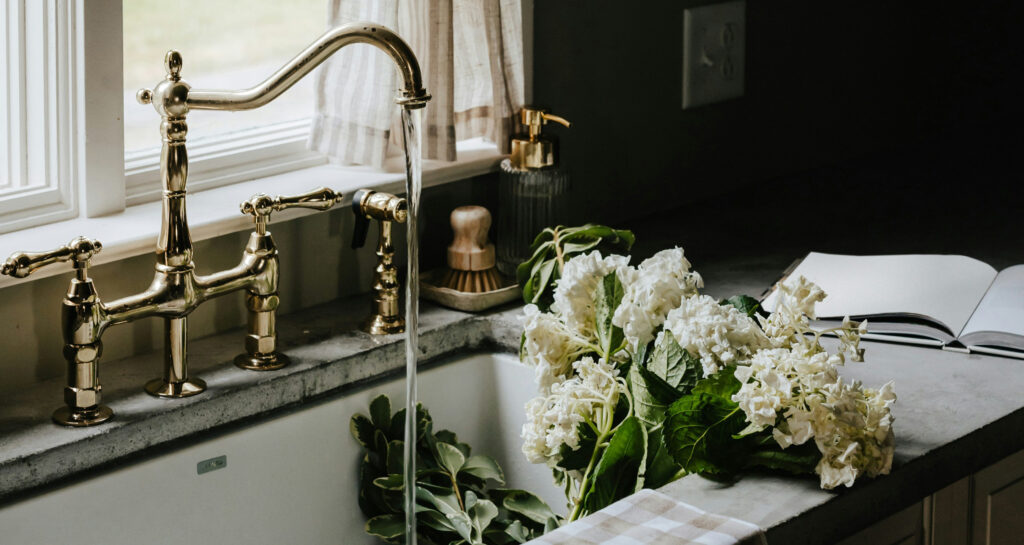
7. Bring in natural elements
Plants, natural woods, stoneware, and sunlight instantly make a space feel alive. Even if you don’t have a green thumb, you can bring in low-maintenance plants like snake plants or pothos. Fresh flowers in a simple vase on the kitchen counter elevate everyday moments.
Natural materials also help balance the artificial world we live in. A rattan chair, clay vase, or linen curtains create warmth and texture without trying too hard. This “lived-in chic” is what makes a house feel both stylish and welcoming. There’s also data proving that being surrounded by natural elements — whether it is a stone fireplace or plants — has positive effects on our mental health as they reduce stress.
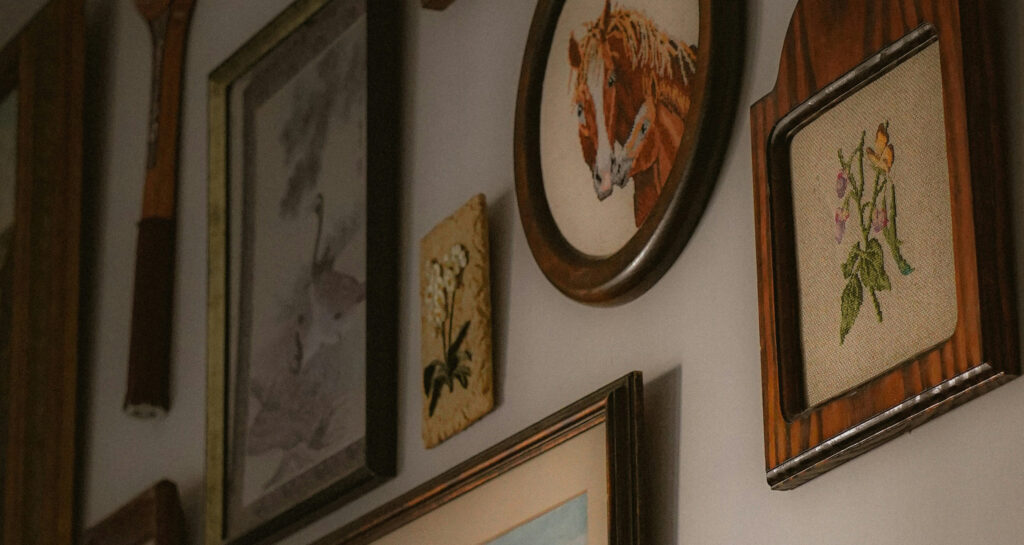
8. Let the walls tell a story
Bare white walls may look trendy, but they rarely feel homey. Fill your walls with things that mean something. Family photos, travel prints, meaningful quotes, or even a rotating gallery of your kids’ art in matching frames can turn a blank wall into a memory wall.
Art doesn’t have to be expensive, but it should be meaningful. And when your walls carry your story, your house instantly becomes your home.

9. Create “little sanctuaries”
Every member of the family needs a nook or corner that feels like their own. For a child, it might be a reading corner with a bean bag. For you, it might be a chair by the window with a cozy lamp and a stack of books. These “little sanctuaries” not only make the house feel more functional but remind everyone that home is a place for restoration as much as activity. It is yours before it is anyone else’s.

10. Embrace seasonal shifts
Homes feel alive when they reflect the seasons. You don’t need to go all-out with holiday-themed décor. Instead, think of small, natural shifts: lighter linens and fresh flowers in spring, cozy blankets and candles in fall, evergreen accents in winter. This is also an opportunity to reassess how your home makes you feel and adjust accordingly.
Seasonal adjustments remind your family (and yourself) that time is passing, life is happening, and your home is in tune with it all.
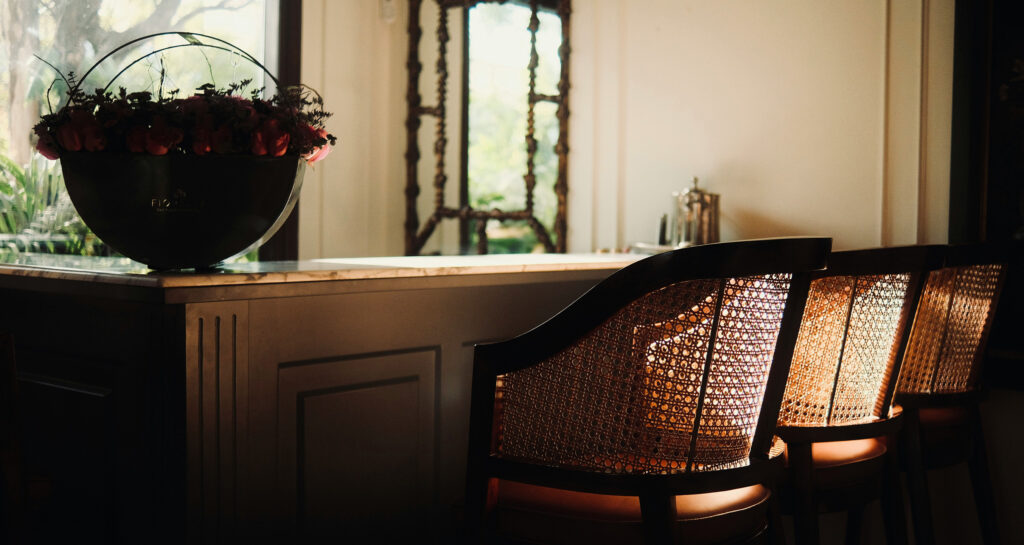
The myth of perfection
The most damaging lie about home décor is that perfection equals beauty. In reality, the most beautiful homes are the ones where laughter echoes, meals are shared, and kids can play without fear of ruining something. Beauty and life aren’t opposites, they’re partners.
Jackie Kennedy once said, “The only routine with me is no routine at all.” While she wasn’t talking about interior design, the same idea applies: Beauty thrives in flexibility. Don’t wait for the perfect couch or the perfect color palette to start living. Live now, and let your home evolve around you.
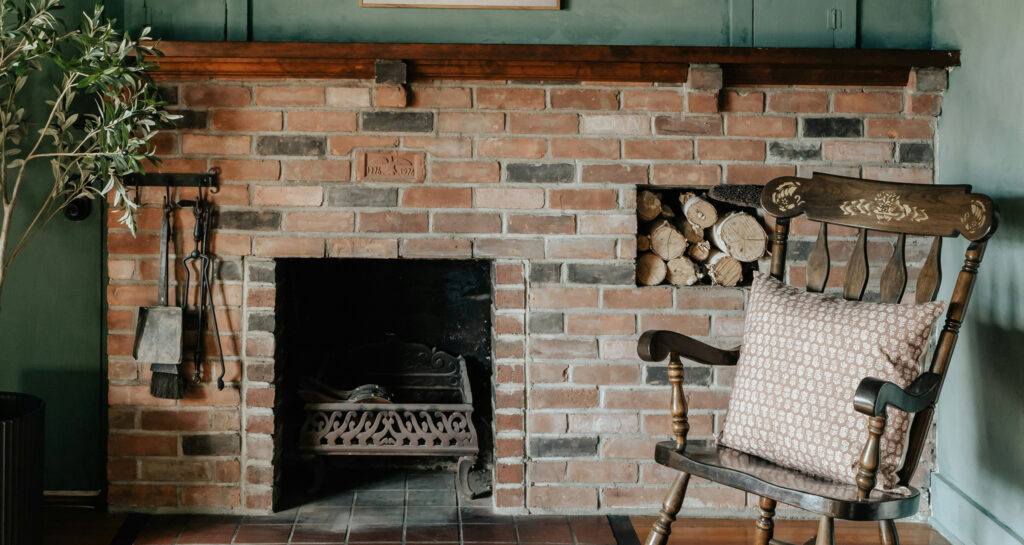
A home is a story, not a showroom
The next time you scroll through Pinterest and feel the pang of inadequacy, remember this: Your home isn’t meant to impress strangers on the internet. It’s meant to shelter, nurture, and inspire the people inside it. The best spaces balance intentional design with room for life to unfold. They’re not sterile or chaotic, but personal and evolving. So don’t aim for a magazine spread. Aim for a place where your kids will remember laughter at the dinner table, where you can look back at family photos and see a house full of life, and where beauty and function coexist. Because at the end of the day, the prettiest home is the one that feels like yours.



